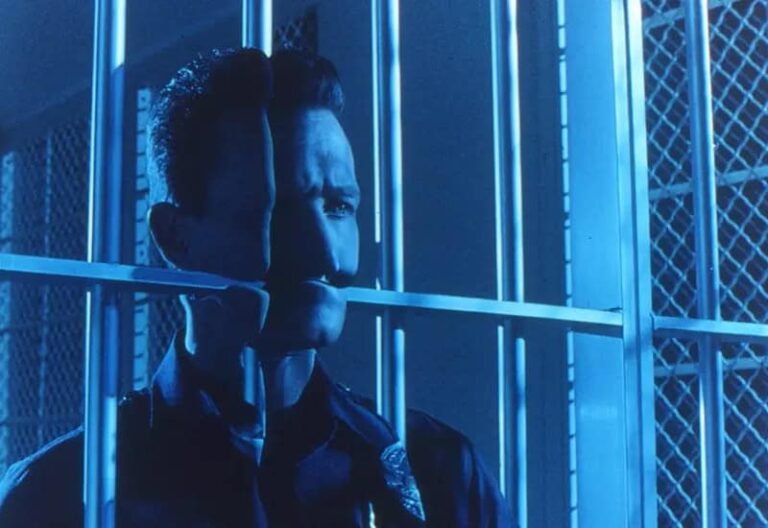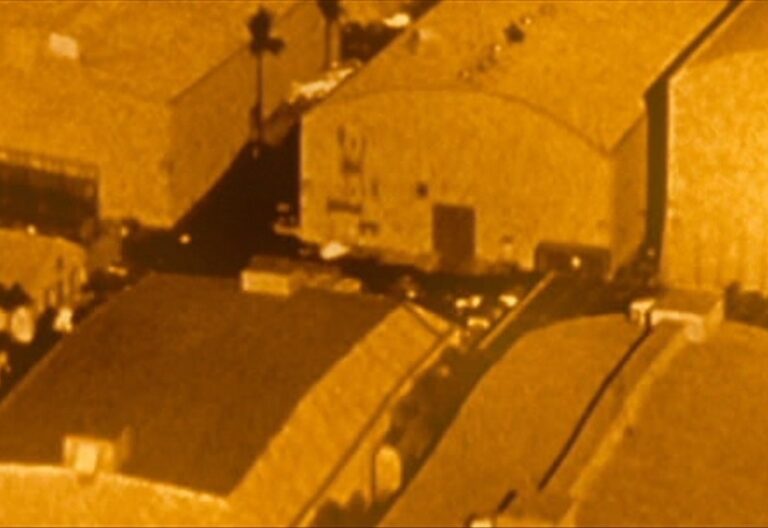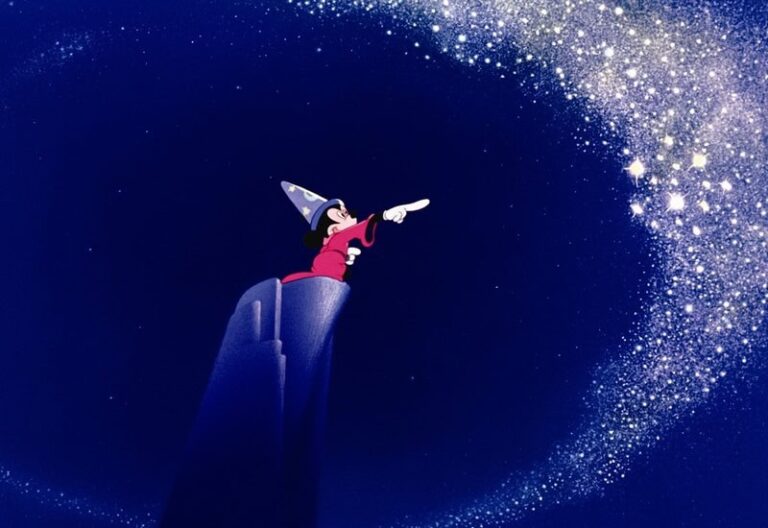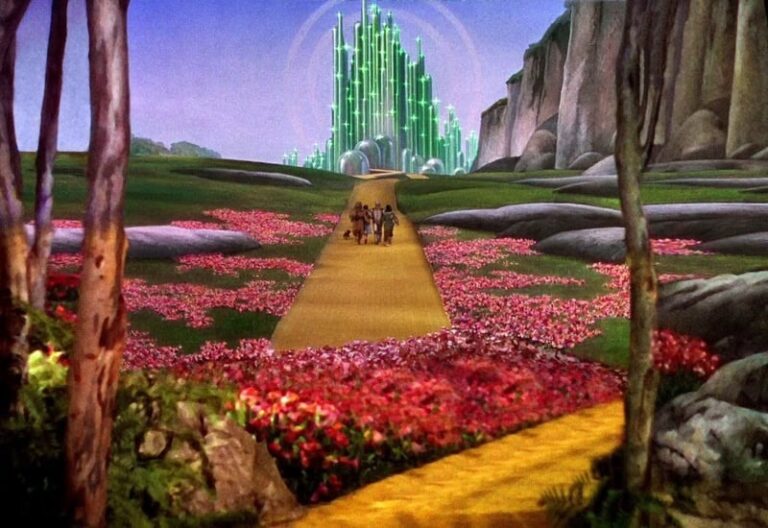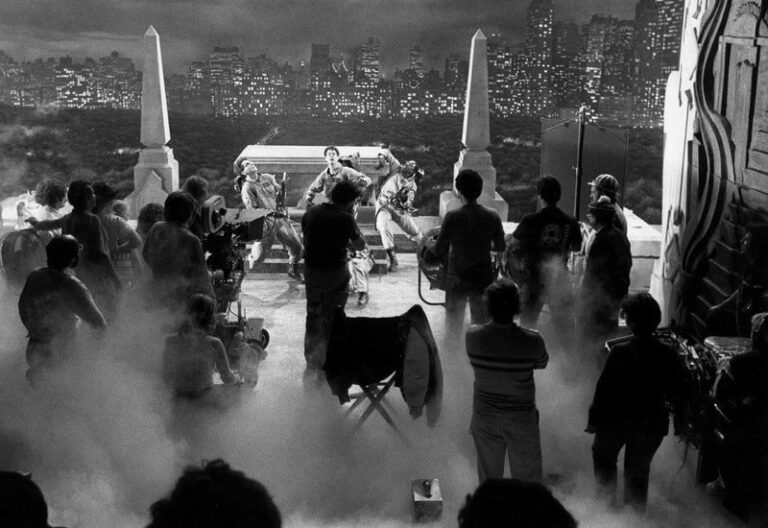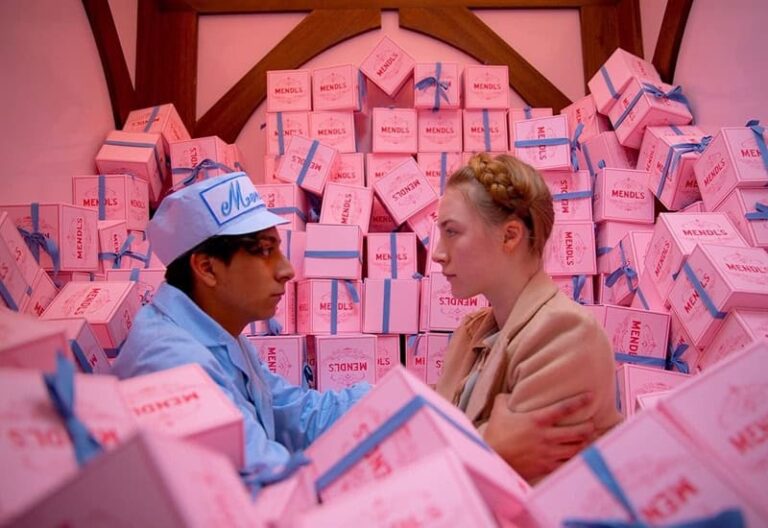short history of 3D cinema
A 3D film is a type of a movie that creates an illusion of depth, allowing viewers to experience scenes with a sense of realism that traditional films can not provide. This is achieved through stereoscopy, where two slightly different angles of the same scene are filmed using two cameras, similar to how our eyes see the world from slightly different perspectives. Special glasses ensure each eye only sees one of these angles, allowing the brain to merge them into a single, three-dimensional image.
Published by: CinemaWaves Team | Filed Under: Film Blog
Early Development of 3D Cinema
The early beginnings of 3D cinema already started in 19th century. Invented in the early 1830s, stereoscopes used two images taken at slightly different angles to mimic human binocular vision, creating the illusion of depth. This concept was applied in photography and, later, in experiments with moving images. As cinema gained popularity in the early 20th century, filmmakers looked to enhance the viewing experience with 3D technology, though early attempts were limited by the era’s technological constraints.
The 1920s marked the first experiments in 3D filmmaking. Early prototypes often required the audience to wear anaglyph glasses with red and blue lenses, which separated images projected on the screen into two overlapping colors. This allowed each eye to see a slightly different image, simulating depth. Despite these advancements, the high cost of production and the need for special equipment restricted 3D films to rare screenings or novelty events.
The First 3D Film: The Power of Love
The first publicly screened 3D film, “The Power of Love,” premiered in 1922 in Los Angeles. This silent film used the anaglyph technique to create a stereoscopic effect, with audience wearing specially designed glasses. While innovative, it didn’t gain widespread popularity, partly due to technical limitations, including difficulties in maintaining color balance. Though the film is now lost, its screening marked the official beginning of 3D cinema. However, due to the complexity of projection and the need for specialized equipment, 3D films remained largely experimental for the next few decades.

The 1950s: The Golden Era of 3D Cinema
The 1950s brought a golden era for 3D cinema, thanks to significant technological improvements and the rise of television, which drove filmmakers to find other ways to attract audiences back to theaters. Films like “Bwana Devil” (1952), a jungle adventure film, was one of the first commercially successful 3D films, marketing itself as the “first feature-length 3D film in color.”
This decade saw a surge in popular 3D films, including horror film “House of Wax” (1953), directed by Andre De Toth, and “Dial M for Murder” (1954), Alfred Hitchcock’s suspenseful thriller. These films showed how 3D could enhance various genres, from horror to drama. However, technical issues, such as the complex dual-camera system required to capture 3D footage and the imperfect synchronization of projections, made 3D cinema cumbersome, leading to its decline by the late 1950s.
The 1980s: Revival and Technological Advancements
After a period of dormancy, 3D cinema experienced a revival in the 1980s with the development of more refined technologies. Advancements in polarized lenses and projection methods enabled clearer, more comfortable 3D viewing experience. The horror genre, in particular, embraced the 3D format with then popular films like “Friday the 13th Part III” (1982) and “Jaws 3-D” (1983).
Though the novelty appeal of these films attracted audiences, the limitations of 1980s technology still hindered mainstream adoption. Nonetheless, this period laid the groundwork for future advancements by pushing the boundaries of what 3D could achieve at the time.
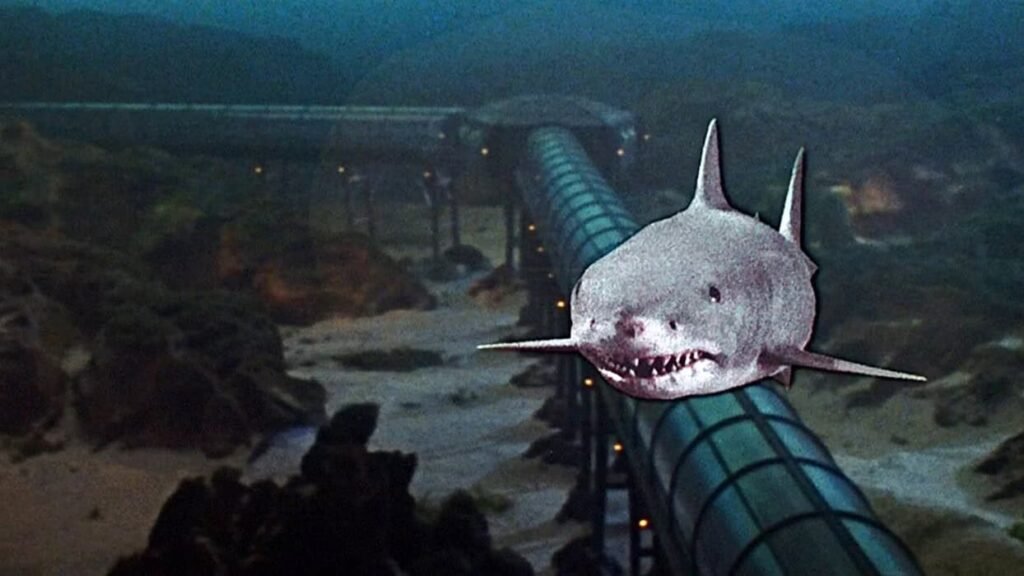
The Modern Era: Digital 3D Cinema and Blockbuster Success
The turn of the 21st century marked the most significant evolution in 3D cinema, largely due to digital technology. Digital 3D projection eliminated many technical issues of the past, such as the need for dual projectors and misaligned images. In 2004, “The Polar Express” became a milestone in digital 3D, showcasing how computer animation could enhance the 3D effect. Its success underscored the potential of 3D cinema for animated films, opening new possibilities for the medium.
The 2009 release of “Avatar,“ directed by James Cameron, revolutionized 3D cinema, proving it could be more than a novelty – it could be a powerful storytelling tool. Cameron used advanced stereoscopic cameras and computer-generated imagery (CGI) to create a stunning film with an immersive world. It’s groundbreaking visuals and unparalleled depth sensation captivated audiences worldwide, leading to a massive box-office success and becoming the second-highest-grossing movie of all time, with a total of a little more than $3.5 billion. Avatar’s impact cemented 3D as a viable cinematic form and inspired other major studios to adopt 3D technology.
The Cultural Importance of
3D Cinema
By adding depth and 3D dimension to the image, it enhances spatial awareness, and also intensifies emotional engagement. When thoughtfully employed, 3D transforms films into rich, layered experiences. This quality is especially powerful in genres like science fiction, fantasy, and adventure, where creating a sense of awe and wonder is essential to the storytelling experience.
Beyond its narrative impact, 3D cinema has driven remarkable advancements in film technology. From the early days of anaglyph glasses to today’s sophisticated digital projection systems, 3D has spurred innovation in camera technology, visual effects, and even theater design. Its influence extends into other visual realms as well, inspiring technologies like virtual reality and augmented reality, which expand upon 3D cinema’s principles to create immersive and interactive experiences.
While the popularity of 3D films has varied over time, continuous technological progress promises an evolving future for the medium. With the rise of VR, AR, and higher-quality 3D displays, the role of 3D in cinema may take on a new form.
Refer to the main page for more educational insights on filmmaking and cinema history.
Special effects in film have always been a kind of magic – tricking our eyes into seeing the impossible, making the unreal seem real. It’s a craft that’s been around almost…
The studio system was a dominant force in Hollywood from the 1920s to the 1950s. It was characterized by a few major studios controlling all aspects of film production…
Animation is an ever-evolving art form that has enchanted audiences for more than a century. From the earliest experiments in motion pictures to the cutting-edge CGI of…
Technicolor’s origins trace back to the 1915 when Herbert Kalmus, Daniel Frost Comstock, and W. Burton Wescott founded the Technicolor Motion Picture. The company…
Film production is the process of creating a film from its initial concept to the final product. It involves numerous stages, each requiring a collaboration of talents, skills, and…
Mise en scène is a French term that means “placing on stage” and encompasses all the visual elements within a frame that contribute to the overall look and feel of a film…

